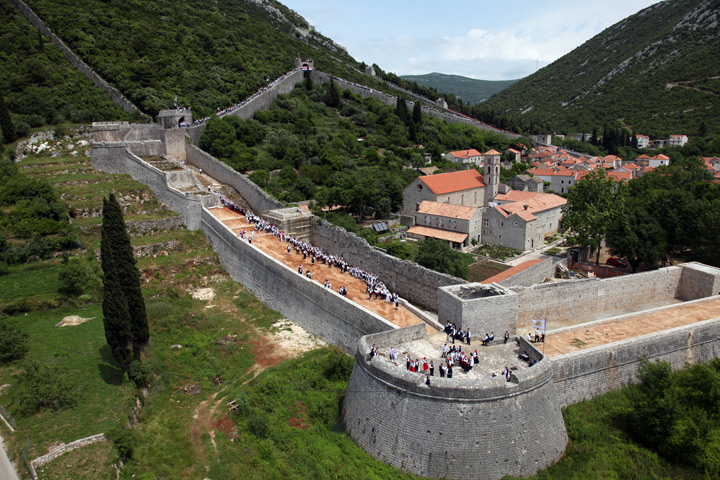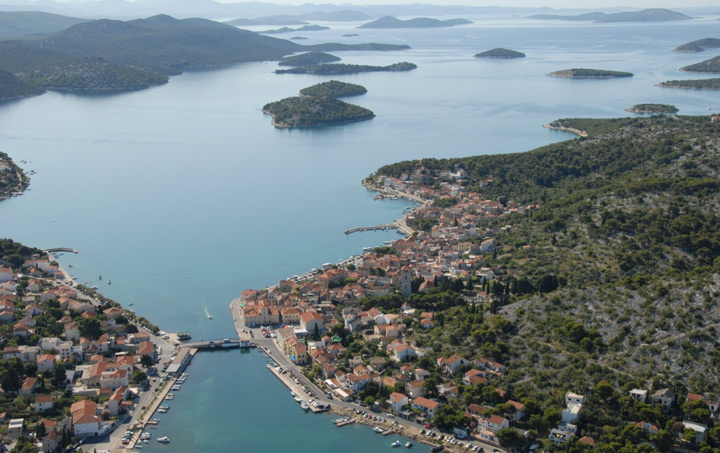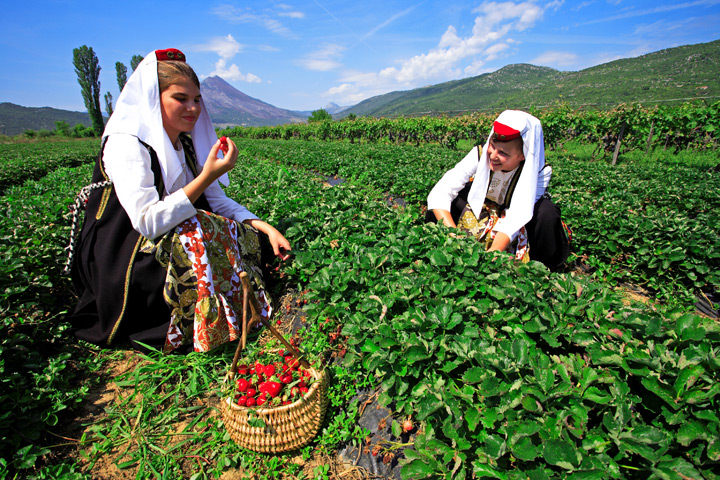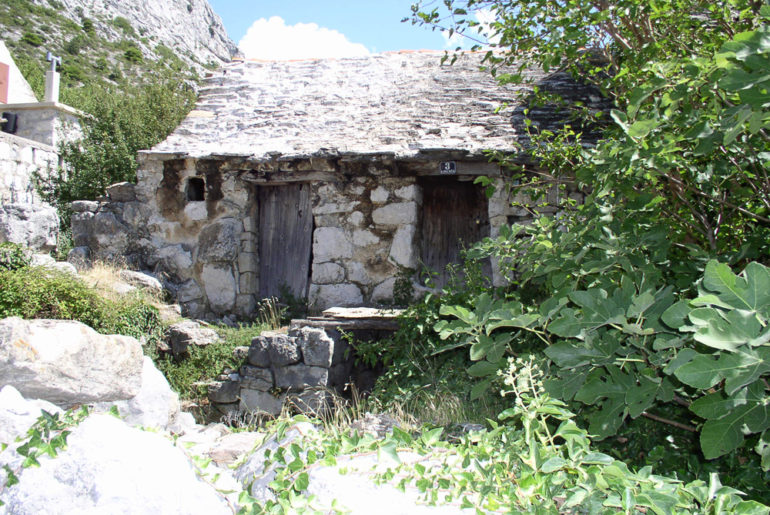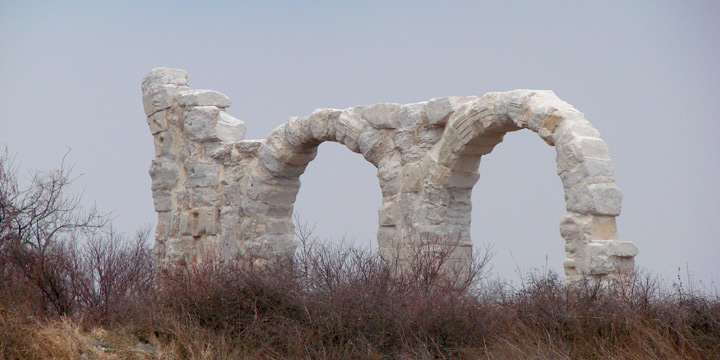[nivo effect=”fade” directionNav=”button” controlNav=”true” width=”720px” height=”360px”]
[image caption=”Čamac na Neretvi”]http://hotspots.net.hr/wp-content/uploads/2012/04/Camac-na-Neretvi.jpg[/image]
[image caption=”Jegulja na ražnju”]http://hotspots.net.hr/wp-content/uploads/2012/04/Jegulja-na-raznju.jpg[/image]
[image caption=”Duga iznad Metkovića”]http://hotspots.net.hr/wp-content/uploads/2012/04/Metkovic-duga.jpg[/image]
[image caption=”Metković iz zraka – autor Boris Kragić”]http://hotspots.net.hr/wp-content/uploads/2012/04/Metkovic-iz-zraka-Boris-Kragic.jpg[/image]
[image caption=”Artefakti u zidu kuće”]http://hotspots.net.hr/wp-content/uploads/2012/04/Artefakti-u-zidu-kuce.jpg[/image]
[image caption=”Gradsko kulturno središte”]http://hotspots.net.hr/wp-content/uploads/2012/04/Gradsko-kulturno-srediste.jpg[/image]
[image caption=”Božićni koncert zbora Sv. Ilije”]http://hotspots.net.hr/wp-content/uploads/2012/04/Bozicni-koncert-zbora-sv.Ilije_.jpg[/image]
[/nivo]
Metković is a city of cultural diversity, of agricultural variety, but always cordial to its visitors.
The emergence of Metković started on the Predolac hill, whose southern slopes ensured a good shelter from wind and a whole-day sun exposure. Over the centuries, the village has developed slowly; becoming a center of agriculture, livestock, hunting and fishing, but it was only during the French administration that the strategic and commercial significance of the city has increased, due to the construction of the so-called Napoleon road. However, the real development of the town starts by building roads and railway lines to Mostar and Sarajevo, and so it equally spreads on the right side of the Neretva River.
The rich history of the Neretva Valley has left behind many monuments – Metković was always a favorite destination of historical treasure enthusiasts. There are remains from pre-antiquity period, then the discovery of a decorative deer figure probably dating from the Iron Age, which is now exhibited in Oxford Museum. In addition to the Greek reliefs, there are visible remains of Roman rule and of early Christian sacral objects. Namely, the remnants of five early Christian basilicas were excavated in Narona, including the basilica under the present church of St. Vid, situated next to a 5th century baptistery. A number of fortresses and tombstones remained from the time of Neretva Principality. The curiosity is that due to frequent wars and vicinity of the border, there are no significant buildings from the Venetian period.
The present the city with over 15,000 inhabitants is the central settlement of the river valley. Geographically located in its very heart, it is traditionally focused on agriculture, but increasingly develops its tourism potentials.
If you decide to visit this remarkable place, don’t miss the Ornithological collection, one of the largest in Europe. Enjoy the story of the curator about all these beautiful birds, which either visited or lived in the valley of the Neretva River, but became extinct due to the drainage of the swamps.
If you time your arrival in August, make sure to visit the traditional boat marathon Maraton lađa, at least as an observer. In focus of event are ancient wooden boats with oars, which were used by Neretvians for centuries, for taming many backwaters and swamps of this mighty river.
Metković is proud of a two-scenes Theater, with 480 indoor seats and 800 seats next to the Neretva River. Make sure to see a festival of folklore “Na Neretvu misečina padne” (Moonlight falls on the Neretva) – its tickets are always in high demand.
Narona
During 1995-1996 excavations in Vid near Metković, sensational discoveries that reverberated all around the world have been found. 16 statues were found, including Augustus displayed as Emperor as the most dominant one. Namely, in the 1st century BC, this settlement becomes a Roman colony (COLONIA IULIA NARONA) – the military, administrative, judicial and cultural center of the area. Wealth grew in such an environment, so it is logical that in Narona population could build luxury buildings or raise lavish imagery.
But unfortunately, we are left only with what was destroyed or eventually covered with soil carried by water from the hill.
Narona Archaeological Museum was built in 2007, above the temple dating from 10 BC in honor of Emperor Augustus. It represents the first museum in situ in Croatia. On the surface of 1000 m2, there are 900 artifacts found in the temple, on the forum in front of it and all over the site of the ancient Narona.
We must not forget hunting and fishing in Metković, which also brought many at the Neretva river delta… and after hunting and eels fishing, you can try preparing these delicacies.
This is a place you should visit to feel the past, to go back in antiquity and enjoy the beauty and the work of the ancient inhabitants along the banks of the Neretva River!
Turistička zajednica grada Metkovića
Stjepana Radića 1
20350 Metković
Tel/fax: 020/681-899
[styled_link link=”http://www.neretva.info” variation=”slategrey”]www.neretva.info[/styled_link]
Foto: Arhiv TZ grada Metkovića





